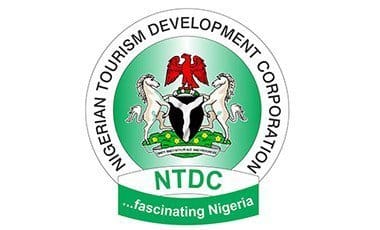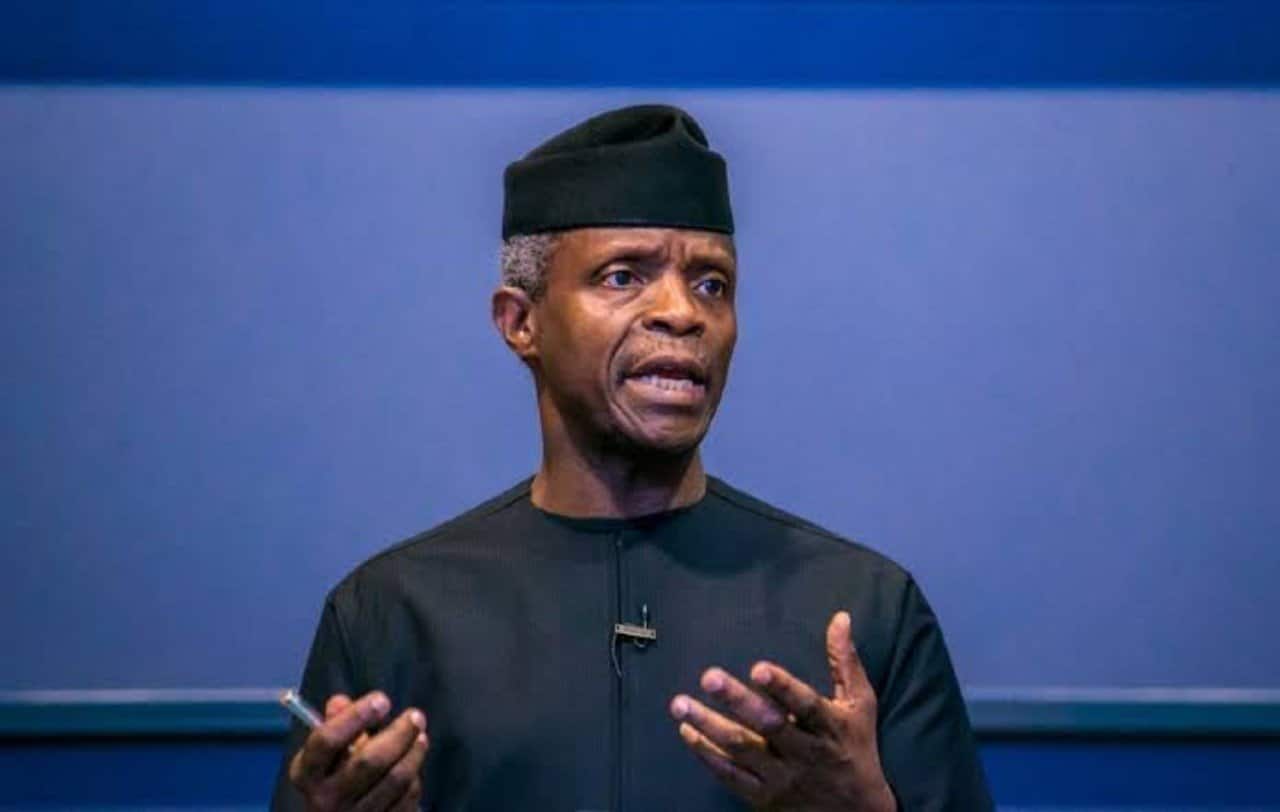Gross Domestic Product (GDP) is a crucial indicator used to assess the economic performance of a country. Essentially, GDP represents the total monetary value of all goods and services produced within a nation’s borders over a specific time period. This metric is pivotal for economists, policymakers, and analysts as it provides an overarching view of the economic health and growth prospects of a country.
GDP can be calculated using three primary approaches: the production approach, the income approach, and the expenditure approach. The production approach sums the value added at each stage of production, whereas the income approach aggregates the total income earned by individuals and businesses in the country. The expenditure approach, perhaps the most commonly cited, totals the value of consumption, investment, government spending, and net exports.
There are two principal ways to measure GDP: nominal GDP and Purchasing Power Parity (PPP). Nominal GDP is measured at current market prices and does not account for inflation, making it an effective tool for comparing the economic output of different countries in real terms. On the other hand, PPP adjusts for price level differences across countries, providing a more accurate reflection of the relative purchasing power and living standards.
Economic ranking, which orders countries based on their GDP, serves as a significant benchmark in global economics. It not only highlights the largest economies but also provides insights into the economic clout and influence of nations on the world stage. These rankings can affect everything from international trade policies and foreign investment decisions to geopolitical strategies. Understanding GDP and its various measurements is essential for comprehending the broader dynamics of global economic rankings and the economic standing of individual countries.
Analysis of the Top Largest Economies by GDP
The global economic landscape is shaped significantly by the largest economies, each contributing uniquely to the global GDP. This section provides an in-depth analysis of the top 10 largest economies in the world by GDP, exploring their economic histories, key sectors, and factors driving their current economic status.
United States
The United States holds the position of the world’s largest economy, with a GDP of over $21 trillion. Historically, the U.S. economy has been driven by a robust industrial sector, technological innovation, and a strong consumer market. Key industries include technology, healthcare, and financial services. Recent trends show a shift towards digital transformation and sustainable energy, further bolstering economic growth.
China
China is the second-largest economy, boasting a GDP of approximately $14 trillion. China’s rapid economic rise can be attributed to its manufacturing sector, export-driven growth, and significant infrastructure investments. Major industries include electronics, machinery, and textiles. The country is also making strides in technology and green energy, underlining its evolving economic landscape.
Japan
Japan’s economy, with a GDP of around $5 trillion, is characterized by its advanced technology and automotive industries. Renowned for its innovation, Japan has a strong industrial base, producing high-quality electronics and vehicles. Economic policies focused on technological advancements and demographic challenges are central to sustaining growth.
Germany
Germany, Europe’s largest economy, has a GDP of about $4 trillion. Known for its engineering prowess, Germany’s key industries include automotive, machinery, and chemical manufacturing. The country’s economic strength lies in its export-oriented market, skilled labor force, and robust industrial sector.
India
India, with a GDP of nearly $3 trillion, is one of the fastest-growing economies. The IT sector, agriculture, and services dominate the economic landscape. Recent economic reforms, digitalization efforts, and a young workforce contribute to India’s dynamic economic growth.
United Kingdom
The United Kingdom’s economy, with a GDP close to $2.9 trillion, is driven by the services sector, particularly finance, insurance, and business services. The UK has a diversified economy with significant contributions from technology, healthcare, and creative industries. Brexit has introduced new economic dynamics, influencing trade and regulatory landscapes.
France
France, with a GDP of about $2.7 trillion, has a well-rounded economy driven by manufacturing, tourism, and agriculture. The country is a global leader in luxury goods, aerospace, and pharmaceuticals. Economic policies focusing on innovation and sustainability are pivotal to maintaining growth.
Brazil
Brazil’s economy, with a GDP of approximately $1.8 trillion, is the largest in Latin America. The economy is heavily reliant on agriculture, mining, and energy sectors. Recent trends highlight efforts in diversifying the economy and addressing structural challenges to enhance growth prospects.
Italy
Italy, with a GDP of around $1.8 trillion, has a diverse economic structure with strong contributions from manufacturing, fashion, and tourism. The country is renowned for its high-quality products and craftsmanship. Economic reforms and innovation are key to addressing economic challenges and fostering growth.
Canada
Canada’s economy, with a GDP of about $1.7 trillion, is characterized by its natural resources, energy sector, and advanced manufacturing. The country benefits from a stable financial system and strong trade relationships, particularly with the United States. Policies focusing on sustainability and innovation are central to Canada’s economic agenda.
Factors Influencing Economic Growth
Economic growth is a multifaceted phenomenon influenced by a variety of factors. The stability of a country’s political environment plays a crucial role in fostering economic development. Political stability ensures that businesses operate in a predictable environment, encouraging both domestic and foreign investments. Countries like Germany and Japan, which are among the top 10 largest economies by GDP, exemplify how stable political climates can attract substantial economic investments.
Government policies also significantly impact economic growth. Policies that promote free trade, reduce bureaucratic red tape, and offer tax incentives can stimulate business activity and economic expansion. The United States, for instance, has long benefited from policies that support innovation and entrepreneurship, contributing to its position as one of the world’s largest economies.
Natural resources constitute another critical factor. Countries rich in natural resources like oil, minerals, and agricultural products often have a competitive advantage in the global market. Saudi Arabia’s vast oil reserves have been a significant driver of its economic growth, highlighting how resource wealth can influence GDP.
Technological innovation is a major driver of economic expansion. Advanced technologies can improve productivity, create new industries, and offer more efficient solutions to existing problems. South Korea’s emphasis on technological advancement has propelled it into the ranks of the world’s largest economies, demonstrating the transformative power of innovation.
Education and infrastructure are foundational elements that underpin economic growth. An educated workforce is more productive and innovative, while robust infrastructure facilitates trade and mobility. Countries like China have made substantial investments in education and infrastructure, contributing to their rapid economic ascent.
Global trade and international relations also have significant impacts on a country’s GDP. Strong trade relations and participation in international agreements can open new markets and create economic opportunities. For example, Germany’s export-oriented economy benefits enormously from its strong trade ties with other nations.
In essence, a combination of political stability, government policies, natural resources, technological innovation, education, infrastructure, and global trade relations interact in complex ways to influence the economic growth of a country. Understanding these factors provides valuable insights into how the world’s largest economies achieve and sustain their GDP levels.
Future Projections and Challenges
As we look ahead to the future of the world’s largest economies, it is essential to consider both their projected growth trajectories and the myriad challenges they may encounter. Expert forecasts suggest that the United States, China, and India will continue to dominate the global economic landscape, with significant GDP growth rates anticipated over the next decade. However, shifts in economic rankings are also expected, with emerging markets like Brazil and Indonesia poised to climb the ranks, driven by robust domestic demand and industrial expansion.
Nevertheless, these projections come with a set of formidable challenges. Economic inequality remains a pressing issue, as the disparity between the wealthy and the impoverished can hinder sustainable growth and social cohesion. Addressing this requires targeted policies aimed at wealth redistribution, education, and employment opportunities. Additionally, environmental sustainability cannot be overlooked. The push for economic development must be balanced with efforts to combat climate change and preserve natural resources. This necessitates investments in green technologies and adherence to international environmental agreements.
Demographic changes also present significant implications for future economic performance. Aging populations in countries like Japan and Germany could strain public finances and labor markets, while younger, growing populations in nations such as India and Nigeria offer both opportunities and challenges in terms of job creation and resource allocation. Policymakers must adapt to these demographic shifts by implementing strategies that support workforce participation, healthcare, and retirement systems.
Geopolitical tensions further complicate the economic outlook. Trade disputes, territorial conflicts, and diplomatic rifts can disrupt global supply chains and economic stability. To mitigate these risks, fostering international cooperation and open dialogue is crucial. Economies must navigate these complexities through diplomatic engagement and by strengthening multilateral institutions.
For these economies to sustain growth and remain competitive, a multifaceted approach is required. This includes embracing technological innovation, enhancing education systems, promoting inclusive growth, and committing to sustainable practices. By addressing these challenges head-on, the top economies can continue to thrive in an increasingly interconnected and dynamic global market.











